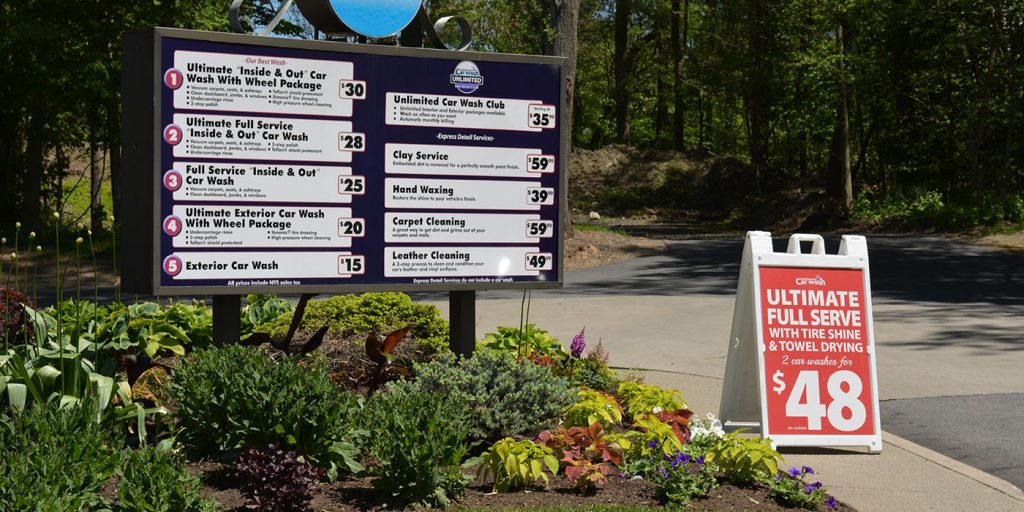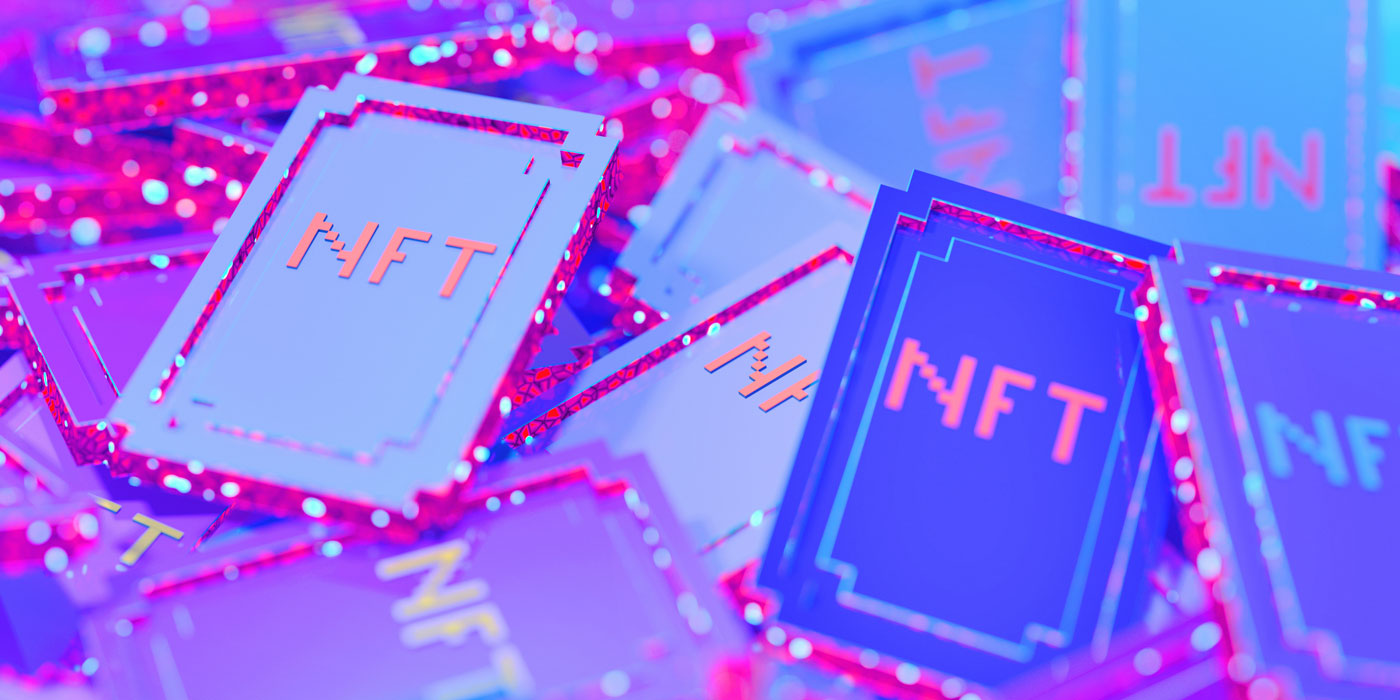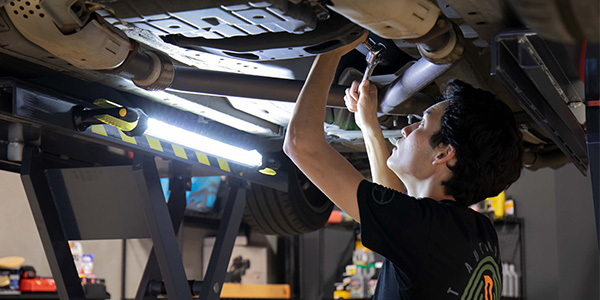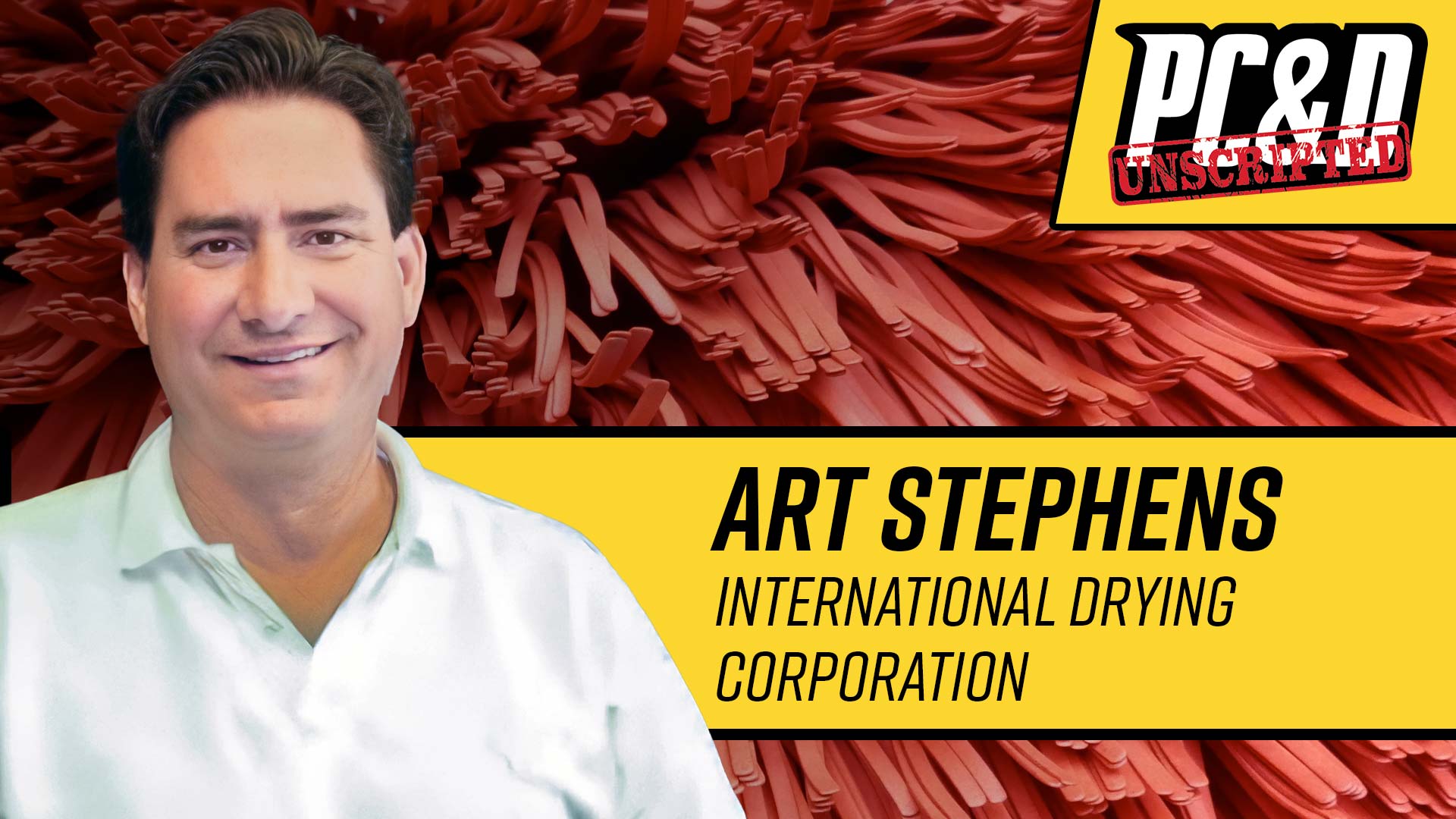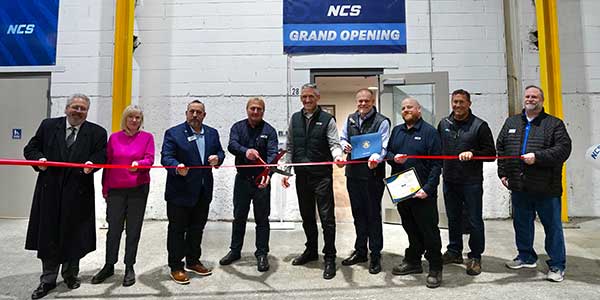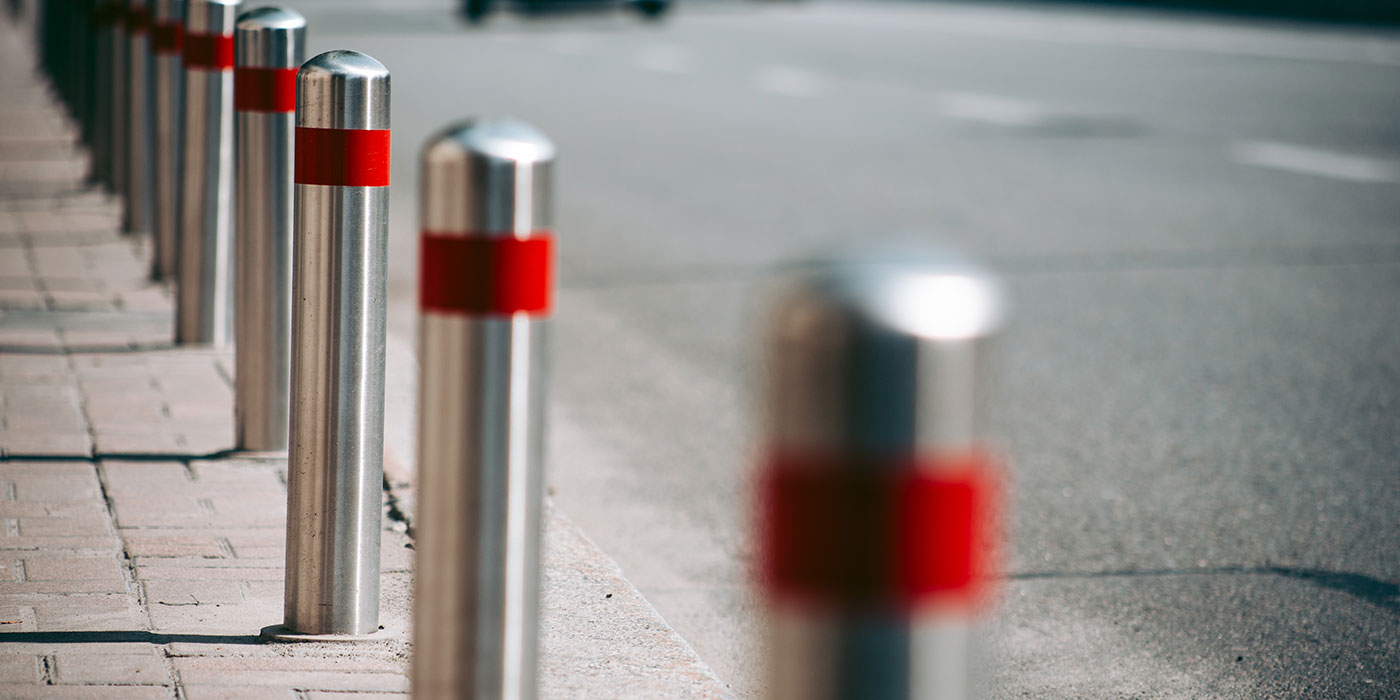Carwash operators generally love crowds when it comes to carwash tunnel entrances and areas containing additional profit centers. Orderly lines looking to move through a highly functional wash facility as well as waves of paying customers at cash registers will make any owner smile during normal business hours. But, there are areas where gathering crowds can cause problems for a car care operation and its customers.
Many carwashes have added long lists of updated services and numerous new wash packages in an effort to fully drive business profitability. These sizable stacks of available wash options can put undue stress on customers and cause delays, especially at high-traffic locations. The problem is exacerbated when safety signage and promotional messages are added to the visual equation.
As best-in-class operators have learned, it takes hard work to fine-tune and balance the service menus and other signage on a carwash site. Further, with less labor at carwash locations than ever before, signage must also earn its keep by upselling customers to monthly wash clubs and profitable packages. This article covers how savvy carwash owners have perfected on-site sign usage and created menus and other messaging that always communicates clearly and effectively.
Communication contributors
Some of the most-used tools for communicating modern carwash menus are pay stations. These automated sales systems act as an employee by displaying all packages, upsell services and complete pricing. They also accept payments and signal sentry systems to allow entrance. Ultimately customizable, these sometimes unheralded contributors have driven efficiency and cleared up a number of troublesome communication issues.
Updated carwash menus have accelerated revenue growth for many operators, according to Bobby Jones, general manager with TSS Inc. This is a benefit, as many carwash owners have adapted to the modern technology and applied it to their marketing plans. For instance, technology has allowed for a flexible right time/right message scenario using digital service menus. This ability allows operators to perform A/B testing with customers and ultimately arrive at the sweet spot for optimal menu profitability.
Sean McBride, director of key accounts for Cleaning Systems Inc., explains that quick communication is important. Getting the customer to commit to a selection early is key. Once he or she reaches the spot to complete a purchase, clear communication ensures that the customer is not further delayed and avoids the slowing down of a location’s potential maximum wash count. Recommended menu and marketing material placement is along the queue and in stacking areas. Ideally, messaging should also be displayed prominently just before the point of sale.
Regardless of technology, a carwash’s menu formulation should favor an approach that remembers fast, easy and fair, McBride recommends. Actually, the best idea may be offerings that are more than fair while staying modern and relevant. Modern carwash consumers are more educated, and industry competition is at an all-time high. Simply offering the cheapest option is not a winning carwash recipe for most locations. Rather, the winning recipe is often a menu combination delivering the best service at the best possible price.
Selling via signage
Owners must remember that a pay station’s automated menu cannot be the only marketing point for wash packages. Space is sometimes limited on an automated menu, and customers can become overwhelmed with choices. Additional signage will help reinforce the services communicated on the menu, Jones notes.
It is imperative for a carwash to support upsell items with applicable signage leading up to the payment menu, Jones continues. This feat is best achieved through signs that stand out and are visible to the customer. Photographic examples can prove powerful. Showing the damaging effects of salt on a vehicle in the winter is more likely to motivate a customer to select the “salt buster” package or add it as an upsell.
Related: Undercarriage washes and rust prevention
Simply put, the pay station area of a carwash acts as a decision zone for consumers. Jones states that it is the last area an operator can materially influence the consumers’ buying decisions. “This area should be strategically mapped out in a way that cultivates an easy buying decision that meets the customers’ needs as well as accelerates the wash operator’s business goals. Again, you don’t want to overwhelm, but instead make thoughtful suggestions that will resonate,” Jones says.
As an overall best practice, a menu should act as an employee, Jones notes. Sure, an operator will have the initial cost of purchasing the menu and supporting signage, but soon after it is added, the menu will pay for itself and then some. The return on investment will be a short month, say experts, and it will continue to act as the best kind of salesperson. Free of labor, the menu will make wash offering suggestions and entice customers by reminding them of the importance of maintaining their vehicles’ painted surfaces.
Necessary customization
Customization is always a menu necessity, and wash operators need to carry their branding through all site signage and continue it onto any menus, Jones reveals. By learning more about a wash operator’s demographics, traffic counts and marketing objectives, the right graphic designer can build a customized solution to help optimize a wash’s growth. Strong design can act as a differentiator from other nearby competition as well.
Color and design aesthetics invariably play an important role in what grabs all consumers’ attention, according to Jones. The signage needs to convey the value of each wash package quickly, and design and color are great ways to achieve that goal. Visually highlighting the top package of a wash menu is a great opportunity to accentuate the best possible deal. Coloring and other cues need to place as much emphasis as possible around the optimal offering on all signs and menus.
Colors and design are also important with safety messaging signage. Signage is important in communicating immediate information about specific hazards using the words “WARNING” or “DANGER” in red, orange or yellow to grab a customer’s attention, David Snyder, risk management program specialist with McNeil & Co., explains. Many of these safety notices are even standardized for universal identification. Other types of signs may not be designed to be so obvious, but they can be necessary to ensure safety on-site.
Lights and communication
McBride points out that lights in tunnels and bays are a great way to reinforce menu selections and focus attention on other important messaging. While lighting can be used in many ways to create a great entertainment factor for the consumer, it also reinforces to the consumer that the menu selection he or she paid for is being applied.
“Always make sure the lights are working,” McBride says. “If the lights are not working, then the impression of the customer is that they are not getting the service they paid for, regardless if the actual product is still being applied.”
Jones also notes that carwash lighting has progressed nicely over the years. Facility lighting has moved from fluorescent tubes to spiral fluorescent bulbs and ultimately landed on energy-efficient, bright LEDs. LEDs can be called on to make the top menu packages pop off a sign. Further, modern lighting can provide the contrast necessary to help customers easily read a wash’s offerings.
Safety signage
Warning signs at the entrance of a carwash tunnel — car in neutral, hands off wheel, foot off brake, etc. — also need to be clear and unobstructed, Snyder suggests. This clear messaging is especially important for operators of a high-speed tunnel express wash. The same goes for the “stop,” “back-up,” “park” and “go” signs in many in-bay automatic washes.
Clear signage is also called upon to train customers about other safety steps, such as cleaning out truck beds, not entering the wash with bike racks, etc. Another big help to preventing costly accidents on-site is having clearly visible directional arrows and lane lines painted on the driveways so customers will know where to go, Snyder states. A large part of accident avoidance is communicating where each customer is supposed to go as soon as he or she pulls onto the lot.
Snyder shares an example: “I recently went to get my truck washed and pulled into a site for the first time where they have an express tunnel, in-bay automatic and self-serve options. There was an attendant booth, but no one was in it taking payments. I became confused immediately on how they were operating and collecting payment, or even [what] the prices and wash options [were]. I was in the express lane but then decided to abort and go to the safe bet in my mind and hit up the in-bay automatic wash to avoid further confusion.”
Snyder notes that he pulled out of the lane he was in and headed over to the in-bay automatic wash. If this had been a busy day and he was not good at watching the surroundings and using vehicle mirrors, this move easily could have created an accident. As Snyder moved, the manager saw and approached the vehicle to see if everything was OK.
“I introduced myself to him and a great discussion ensued about the site setup and signage to help direct customers where they want them to go,” Snyder concludes. “The methods I suggested to him were to avoid potential accidents on-site for times they are not using the attendant booth.”
Remember, menus and site signage should be clear and informative. Crowded signage with too many graphics and cluttered text will only confuse customers and increase on-site safety risks.
Thomas Hawkins is a freelance contributor.

